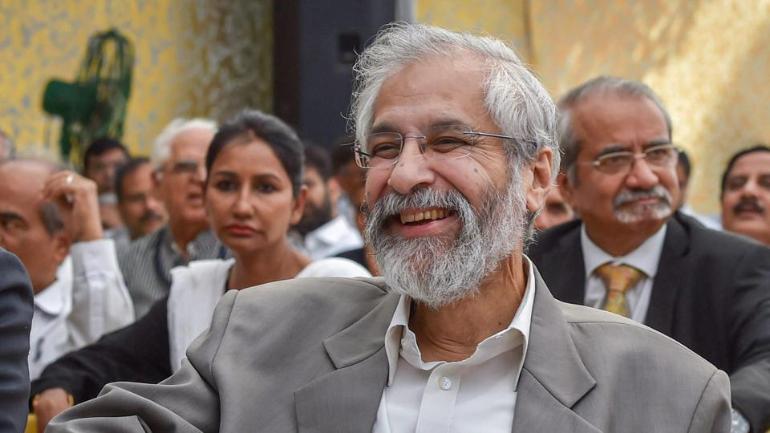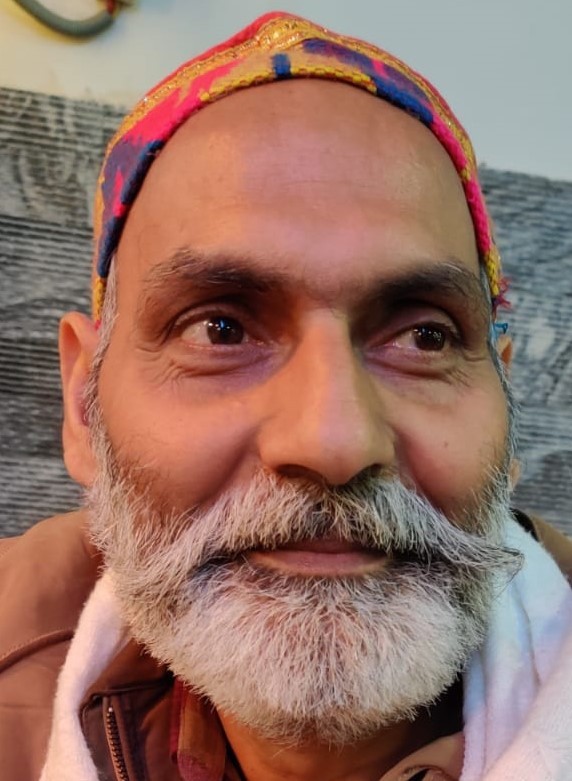Undoubtedly, the Indian media finds itself in a deep crisis. It is buffeted by both internal and external attacks.

Madan Lokur, a retired Judge of the Supreme Court, the other day called upon the journalists to stand up to protect their fundamental rights so that the godi media epithet does not get stuck to them. About five years ago another retired Supreme Court Judge Markandey Katju called journalists spineless. They have gathered at the Press Club of India to listen to him in press freedom.

More than four decades ago, senior BJP leader Lal Krishna Advani said at a meeting with journalists that they crawled when asked to bend during the Emergency imposed by Indira Gandhi. Now, a group of journalists have started branding a section of the media as ‘godi media’ (state lackeys).
The call to stand up and fight and the condemnation convey the same message: that the India media lacks the required mettle to fight the state’s attempts to curtail the fundamental right to freedom of speech.
It has a post-Independent legacy. During the emergency, then Indian Express Editor Kuldeep Nayar organised a meeting of journalists to lodge a protest against the media censorship. The meeting adopted a resolution but when it was sent to the Information and Broadcasting Ministry, the same identities of the signatories were not revealed. However, the late Nayar showed the guts and refused to succumb to Minister VC Shukla’s pressure to share the names of signatory journalists.
Later, Nayar took up the same issue at the Press Council of India but this time round journalists were reluctant to go the whole hog. And its chairman wrote to the minister that he was able to convince them that it was not necessary or desirable.
Mention of another infamous instance during the period is also called for. The government had created a single news agency called Samachar by forcibly merging PTI, UNI, Hindustan Samachar and Samachar Bharti, and G Kasturi of The Hindu was made its head who used to consult the Minister’s personal assistant for running it.
Undoubtedly, the Indian media finds itself in a deep crisis. It is buffeted by both internal and external attacks. We are in the know of the attacks the state subject the media to have their own way to run the affairs, but seldom does the exploitation and the mental torture journalists suffer silently in their organisations come out in the open.
This in-house attack on the journalists has no less role in making them meekly surrender to the state dictates as the media houses and the government of the day are cohabiting together.
Some journalists have preferred to be willing partner’s of the powers of the day to have a cozy life, but the majority willingly or unwillingly suffer the blatant curtailment of their rights by the state as well as the media houses.
German philosopher Karl Marx had seen revolutionary sparks in the industrial workers caused by their dispossession and pauperisation. But the workers of the 21st Century have no sparks left to lead a fundamental regime change. They are as involved in the jostle for share in power and bread and butter as the other classes of society.
The India media show the same syndrome of fending for their comforts, deliberately keeping themselves oblivious of their sentinel role of defending their turf.
Journalists unions are as good as dead. There are certain organisations but their role is limited to theatrics of resolutions and marches which have no bearing on the government of the day. It is high time that the media cast off its slough and took up the cudgel to regain shrinking space and to stand up to the powers that be.
(Nirnimesh Kumar is a retired journalist of The Hindu. He worked there for 25 years and covered courts)
(Views expressed are personal)
